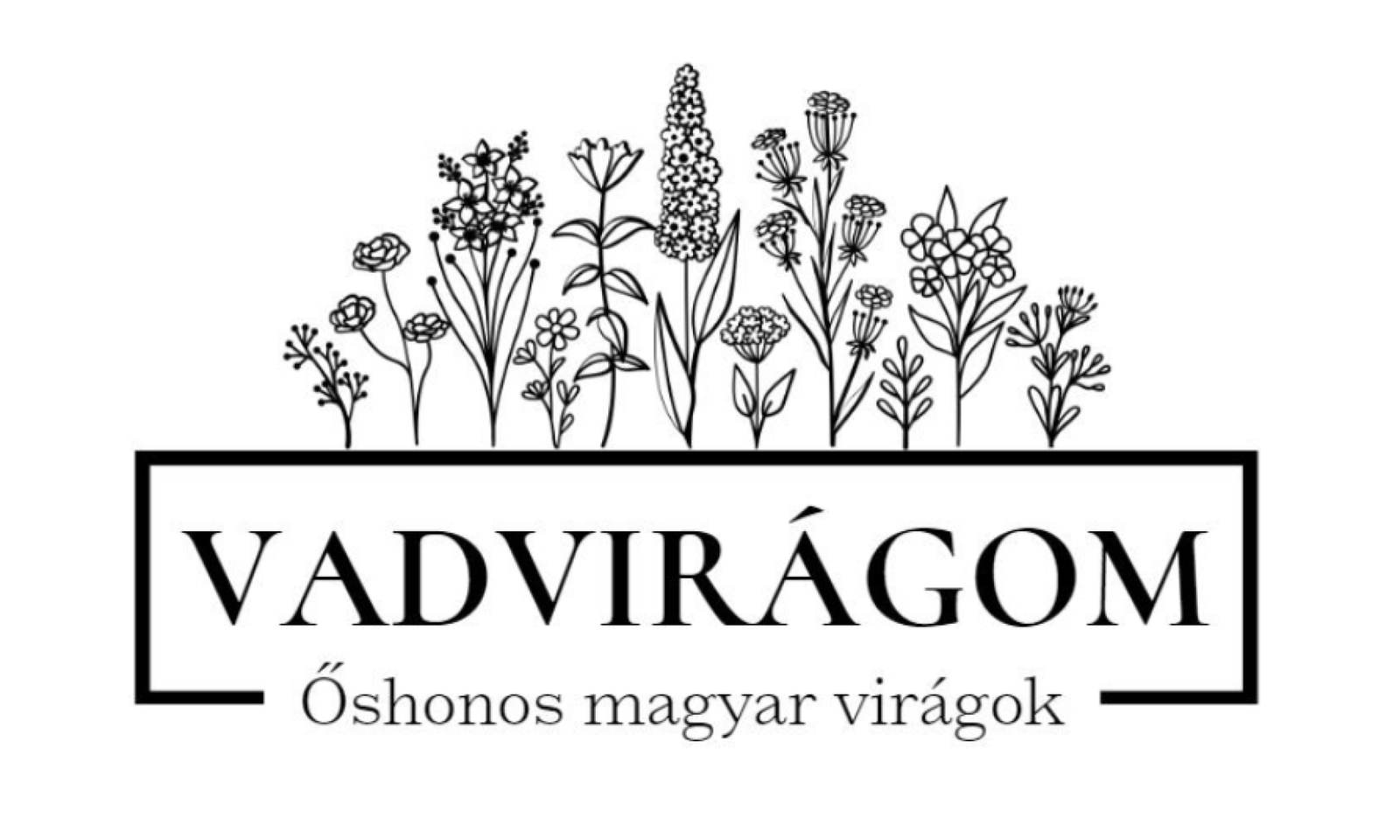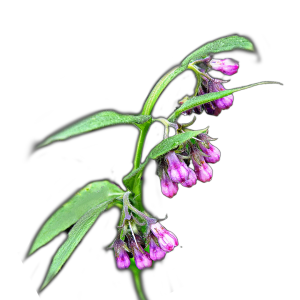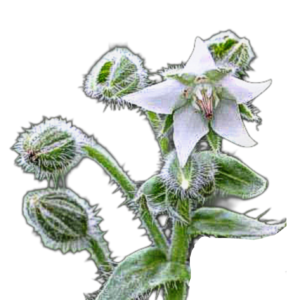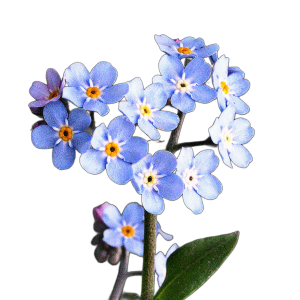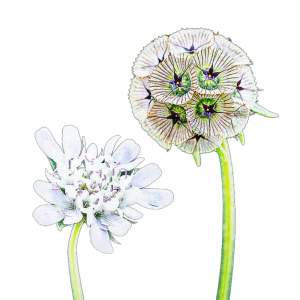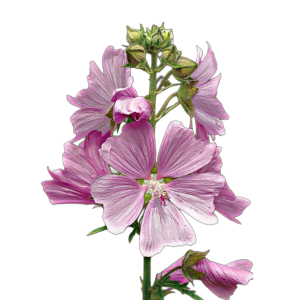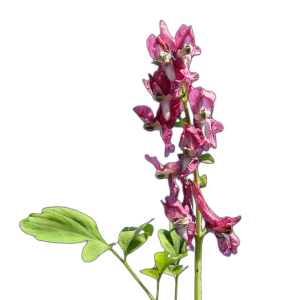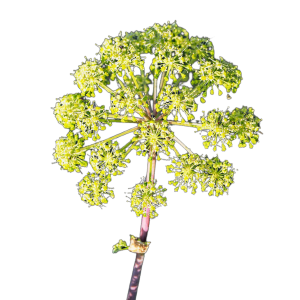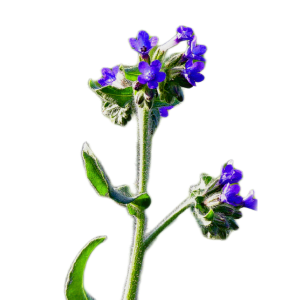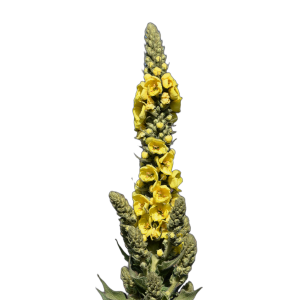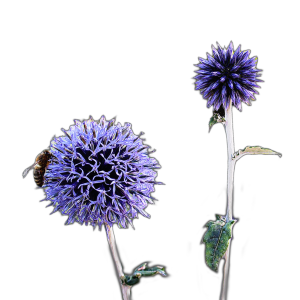-
- Add to basket
- biennial
Common burdock (Arctium lappa) 0,5g, ~30 seeds
- 875 Ft
- The common burdock (Arctium lappa) is a native Hungarian wildflower, which attracts hordes of pollinators with its impressive flowers that grow the year after sowing. Many people mistake it for thistle, but unlike thistle, its leaves are not prickly. Feel free to stroke the first year's growth of the leaf buds :) In 17th century Europe, it was used to treat burns and tumours, while in Japan its root has been consumed for thousands of years, where it is known as Gobo.
-
- Add to basket
- also in a window box, annuals
Honey Flower (Lobularia maritima) 0,5g, ~500 seeds
- 875 Ft
- The honey flower (Lobularia maritima), also known as the fragrant ternye or coastal aster, is native to the Mediterranean and has long been a popular ornamental plant worldwide. The origin of its name comes from the Latin word 'lobulus', referring to the plant's tiny pod-like fruit, but from its other name (Alyssum maritima) the word Alyssum means 'lack of madness', because it was once used to treat rabies. Nowadays it is less used in this field, but in return...
-
- Add to basket
- annual
Salt flower (Limonium sinuatum) 0,5g, ~175 seeds
- 875 Ft
- Saltwort (Limonium sinuatum) is a native plant of the Mediterranean and Central Asia. It is a close relative of the Hungarian/Swedish saltwort (Limonium gmelinii). Its name comes from the Greek word 'leimōn', meaning meadow, referring to its natural habitat. Although often called sea lavender, it is not actually related to either lavender or rosemary. Saltbush has been used in floriculture for centuries, especially in dried flower arrangements, as its petals retain their bright colour...
-
- Add to basket
- annual
Red-leaved sage (Salvia horminum "Blue Monday") 1g, ~350 seeds
- 875 Ft
- The sage (Salvia horminum) is a special kind of sage originally from the Mediterranean. Unlike other sage species, it is an annual and does not display its flowers but its colourful leaves, which in the case of 'Blue Monday' are purple. A very easy to grow annual, it is the perfect space filler for open spring bulbs, but can also be used as cut flowers in bouquets. If you keep the flowers/stems cut, they can decorate your garden all summer long, or they can be used as a...
